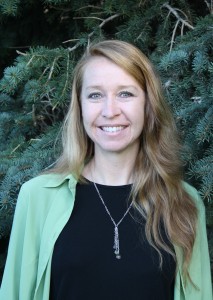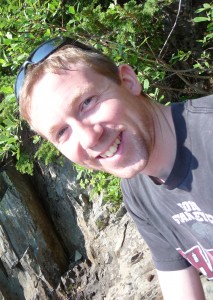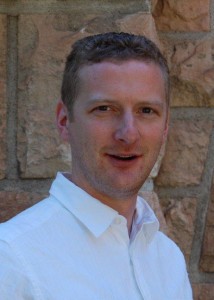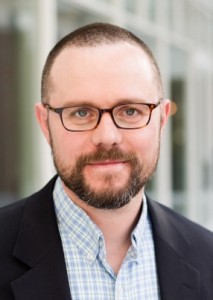 Dr. Andrea Burrows is an assistant professor in Secondary Science Education at the University of Wyoming. She has worked extensively with STEM pedagogy and partnerships since 1992, and since 2006 has been conducting research in those fields. She taught science in middle and high schools for 12 years in Florida and Virginia. She has authored peer-reviewed articles, presented at national/international conferences, taught undergraduate/graduate courses, and conducted professional development workshops nationally and internationally. She has recently received funding for STEM education grants from Wyoming’s Department of Education and the National Science Foundation.
Dr. Andrea Burrows is an assistant professor in Secondary Science Education at the University of Wyoming. She has worked extensively with STEM pedagogy and partnerships since 1992, and since 2006 has been conducting research in those fields. She taught science in middle and high schools for 12 years in Florida and Virginia. She has authored peer-reviewed articles, presented at national/international conferences, taught undergraduate/graduate courses, and conducted professional development workshops nationally and internationally. She has recently received funding for STEM education grants from Wyoming’s Department of Education and the National Science Foundation.
 Dr. Mike DiPompeo is a professional astronomer, currently working as a postdoctoral research associate at Dartmouth. From the beginning of his academic career, he has had an interest in both teaching and research. After obtaining his B.S. in astronomy-physics from the University of Wisconsin-Madison, he attended graduate school at the University of Wyoming. He completed his PhD in 2012, and worked as a postdoc for three more years at Wyoming. Mike thoroughly enjoys not only making new discoveries about the Universe, but sharing them with others. When not studying quasars, you can find him either behind a guitar and microphone in his music room or wandering through the woods.
Dr. Mike DiPompeo is a professional astronomer, currently working as a postdoctoral research associate at Dartmouth. From the beginning of his academic career, he has had an interest in both teaching and research. After obtaining his B.S. in astronomy-physics from the University of Wisconsin-Madison, he attended graduate school at the University of Wyoming. He completed his PhD in 2012, and worked as a postdoc for three more years at Wyoming. Mike thoroughly enjoys not only making new discoveries about the Universe, but sharing them with others. When not studying quasars, you can find him either behind a guitar and microphone in his music room or wandering through the woods.
Professor Ryan Hickox is an observational astrophysicist with primary interests in supermassive black holes and the evolution of galaxies. He has a B.S. in Physics (2000) from Yale University and a Ph.D. in Astronomy (2007) from Harvard University. He held postdoctoral fellowships at the Smithsonian Astrophysical Observatory and Durham University in the UK, and joined Dartmouth College in December 2011. He teaches university classes at many levels to high acclaim, and uses order-of-magnitude estimation extensively in the classroom.
 Professor Adam Myers has conducted astronomy research for a decade, co-authoring nearly 100 peer-reviewed publications. Dr. Myers has worked with telescopes in Australia, Africa, South America and Europe as well as across the U.S. Professor Myers’ research, which has been funded by NASA and the NSF, uses computer-intensive techniques to study quasars — black holes at the centers of distant galaxies that are swallowing large amounts of gas. This violent process makes quasars visible across the Universe, creating ideal beacons to map the cosmos. Professor Myers is an award-winning teacher of introductory astronomy courses at the university level.
Professor Adam Myers has conducted astronomy research for a decade, co-authoring nearly 100 peer-reviewed publications. Dr. Myers has worked with telescopes in Australia, Africa, South America and Europe as well as across the U.S. Professor Myers’ research, which has been funded by NASA and the NSF, uses computer-intensive techniques to study quasars — black holes at the centers of distant galaxies that are swallowing large amounts of gas. This violent process makes quasars visible across the Universe, creating ideal beacons to map the cosmos. Professor Myers is an award-winning teacher of introductory astronomy courses at the university level.
You can find contact information for each of us on the pages linked to our names above. Please don’t hesitate to get in touch!

